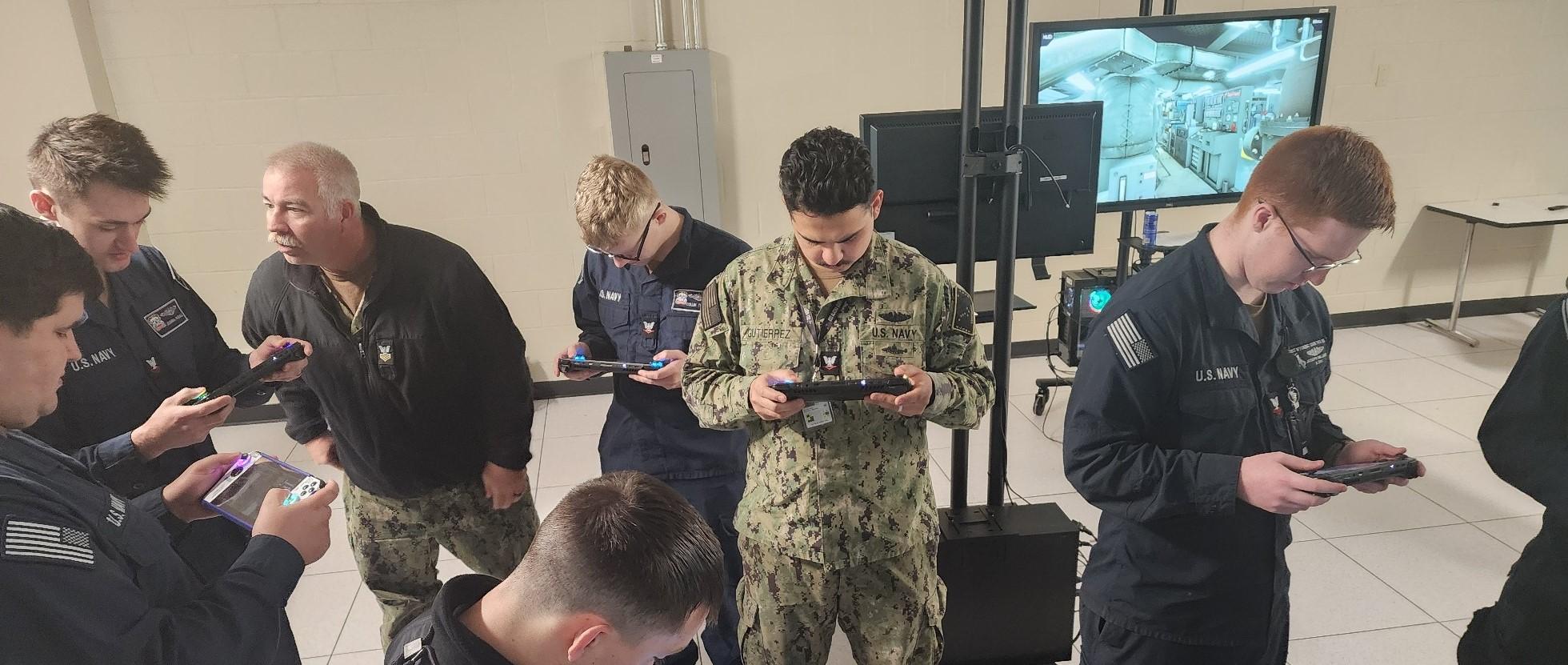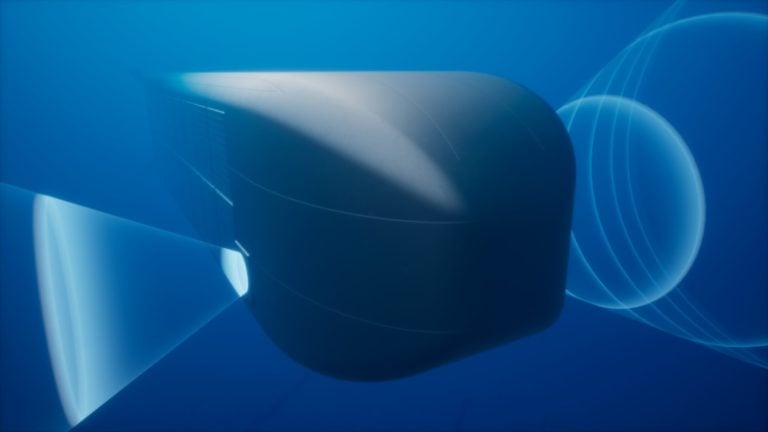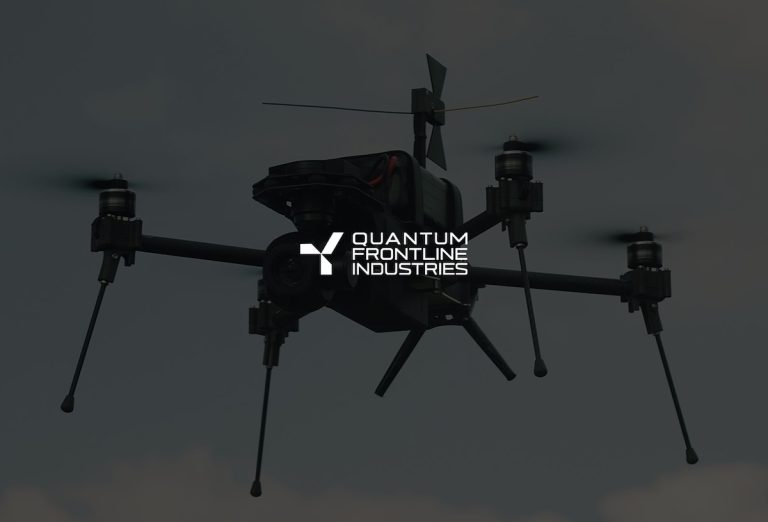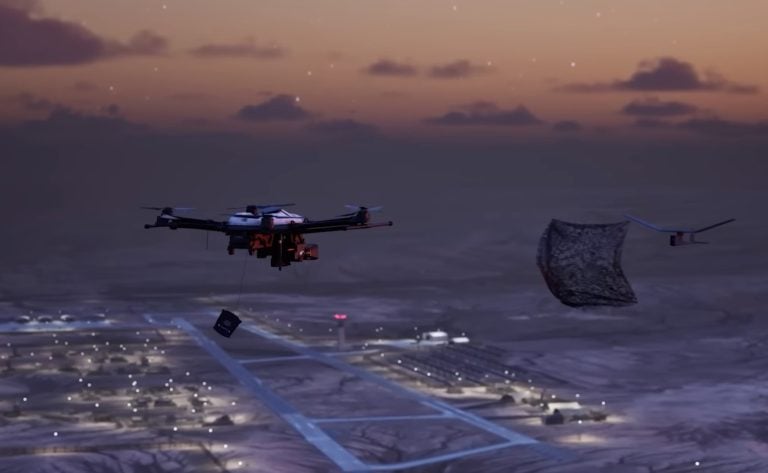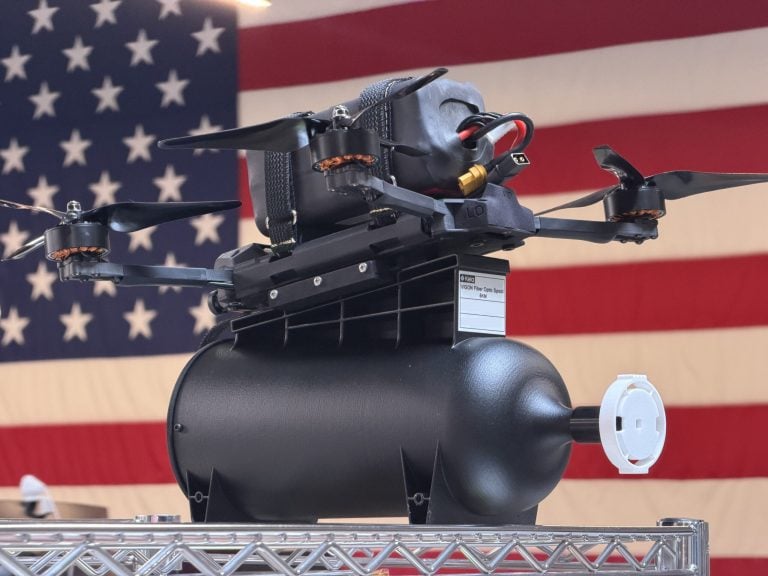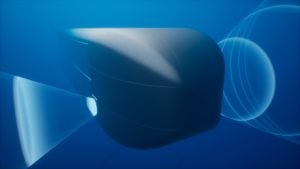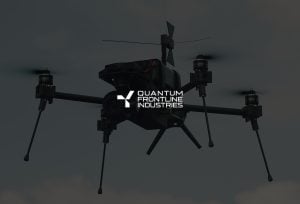The US Navy has rolled out an innovative handheld gaming device designed specifically to enhance the operational training of submarine crews while at sea. Called the Mobile-Navy Enhanced Simulation for Training (Mobile-NEST), this device aims to sustain personnel training in various locations throughout a submarine during deployments. By promoting efficiency and minimizing the physical footprint across the vessel, it serves a critical role in preparing sailors for their missions.
Operating on Windows 11, the Mobile-NEST can function independently or as part of a network, facilitating lessons that cater to classroom-level learning, individual training, and practical sessions. One of the initial courses utilizing the Mobile-NEST focuses on the Los Angeles Class Submarine Emergency Diesel Generator. This course provides essential fleet training in the maintenance, operation, and assembly of diesel engines found in the Navy’s fleet of 362-foot (110-meter) Los Angeles nuclear fast attack submarines.
Created to support the Naval Air Warfare Center Training Systems Division (NAWCTSD) Multipurpose Reconfigurable Training System 3-Dimensional (MRTS 3D) Lab, the Mobile-NEST represents a significant step in innovating virtual training environments and simulations for sailors. The initial concept started as a virtual reality (VR) headset but evolved into a handheld console. This transition was prompted by the realization that the new format could yield “more effective training” while also minimizing cybersecurity risks typically associated with VR technology that relies on Bluetooth and Wi-Fi signals.
The deployment of the Mobile-NEST addresses what experts have identified as a “critical training gap” on submarines. Due to the extended duration of underwater deployments and the confined spaces available for conducting training projects, traditional training methods often prove inadequate. The device is touted as a “game-changer,” providing sailors with “flexible, realistic, and effective hands-on learning tools” regardless of their location.
Looking ahead, the NAWCTSD plans to extend the use of the Mobile-NEST to additional onboard training programs. Daniel Beran, the MRTS 3D Lead System Engineer and Innovation Lead for Undersea Training, noted the wide-ranging applicability of the device. “If it can fit on a submarine, it can fit on any boat,” he emphasized, adding that this technology isn’t confined to MRTS 3D and can be integrated with nearly any Windows 11-based training system.
In March, the CAWCTSD showcased the Mobile-NEST at the US Navy Trident Training Facility Kings Bay (TTFKB) in Georgia. Lt. Cmdr. Jacob Christiansen, the Engineering Director at TTFKB, remarked on the center’s positive experience with the training device. “This is the only feasible way to provide a realistic simulation of all manner of casualties. In an effort to prepare our military for combat, they need this level of training,” he stated. Christiansen advocated for all physical trainers to adopt such advanced training methods, highlighting the need for better engineers in the Navy and describing the Mobile-NEST as a “giant leap” forward.
